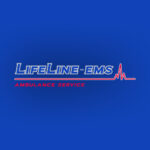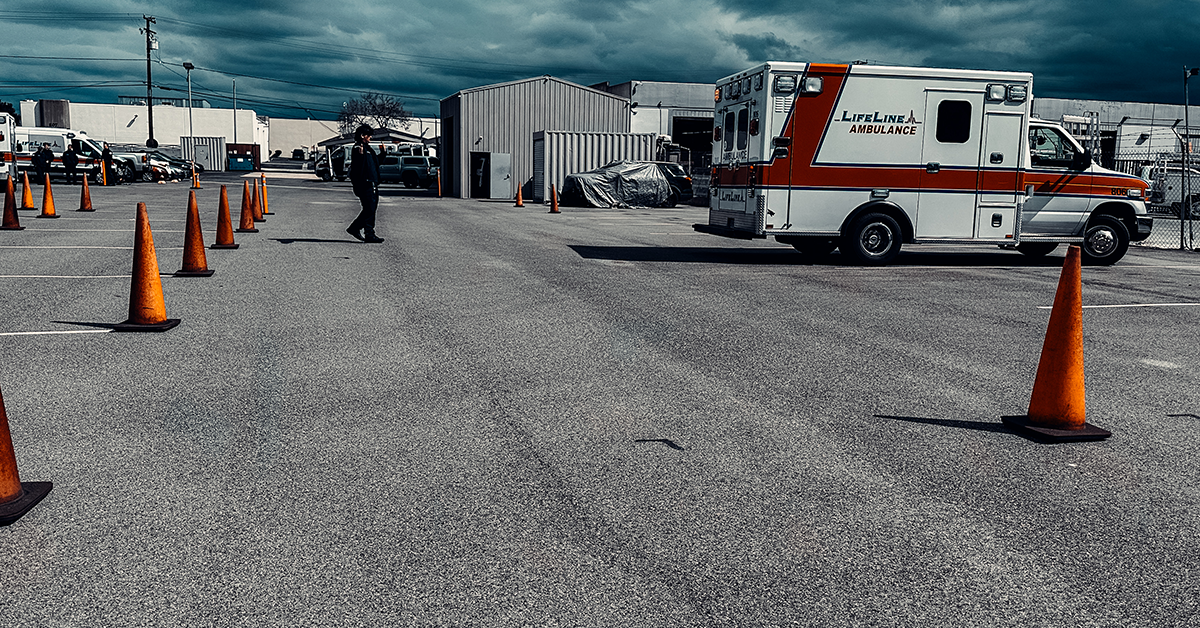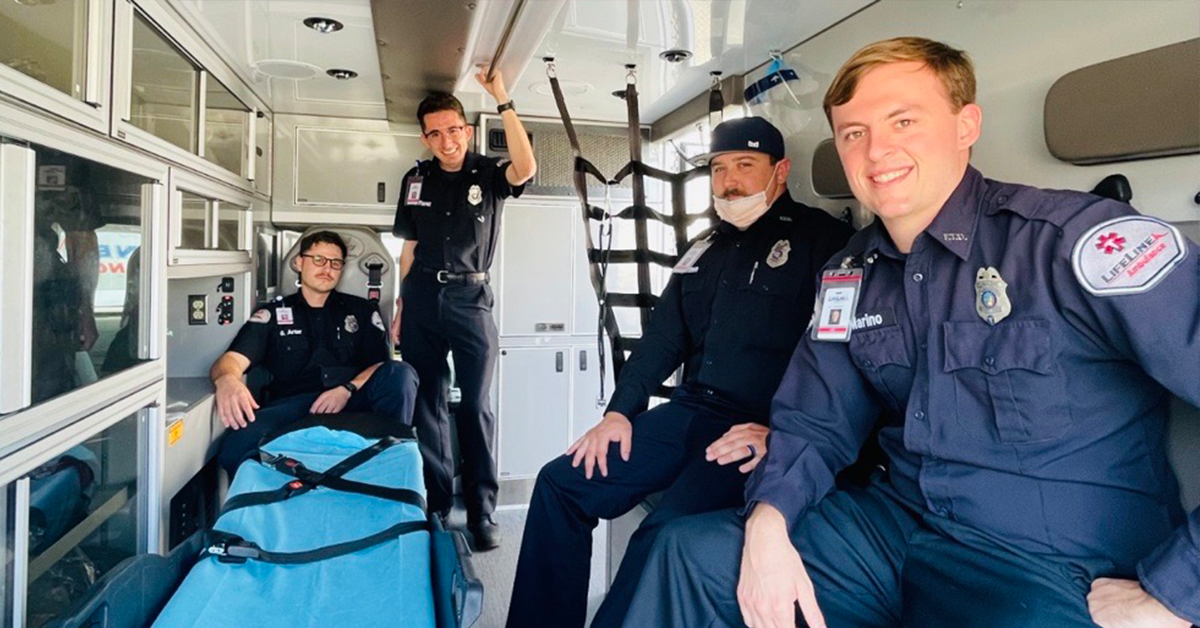Embarking on a career in Emergency Medical Services (EMS) is a commendable choice that offers a rewarding blend of professional growth and personal fulfillment. For those in Los Angeles and Southern California, LifeLine EMS provides an exceptional pathway to achieving your dream career in EMS. This step-by-step guide will help you navigate the process of joining LifeLine EMS, ensuring you are well-prepared to start this exciting and impactful journey.
Step 1: Understand the Role of an EMT
Before beginning your application, it’s essential to understand what the role of an EMT entails. EMTs are critical first responders who provide emergency medical care and transport patients to medical facilities.
Key Responsibilities:
- Emergency Response: Arriving promptly at the scene of an emergency to provide immediate care.
- Patient Assessment: Evaluating a patient’s condition to determine necessary treatment.
- Medical Interventions: Administering lifesaving treatments such as CPR, wound care, and medication.
- Patient Transport: Safely transporting patients to hospitals while providing ongoing care.
- Communication: Coordinating with other healthcare providers to ensure seamless patient care.
Step 2: Meet Basic Requirements
To apply for a position as an EMT with LifeLine EMS, you must meet specific prerequisites.
Basic Requirements:
- Age: You must be at least 18 years old.
- Education: A high school diploma or GED is required.
- Physical Fitness: You must be physically fit to perform the demanding tasks associated with the job.
- Driver’s License: A valid driver’s license with a clean driving record is necessary.
- Background Check: You must pass a criminal background check and drug screening.
Step 3: Obtain Necessary Certifications
Becoming an EMT requires specific certifications that demonstrate your readiness to handle emergency medical situations.
Required Certifications:
- CPR Certification: Obtain certification in Cardiopulmonary Resuscitation (CPR) from a recognized organization such as the American Heart Association.
- EMT Certification: Complete an accredited EMT training program and pass the National Registry of Emergency Medical Technicians (NREMT) exam.
Step 4: Enroll in an EMT Training Program
LifeLine EMS offers comprehensive training programs designed to prepare you for the challenges of the job. These programs cover both theoretical knowledge and practical skills.
Training Program Components:
- Classroom Instruction: Courses in anatomy, physiology, medical terminology, and emergency care procedures.
- Hands-On Training: Practical skills training in CPR, wound care, patient assessment, and more.
- Clinical Experience: Real-world experience through clinical rotations in hospitals and ride-alongs with experienced EMTs.
Step 5: Pass the NREMT Exam
After completing your EMT training program, you must pass the NREMT exam to become certified. This exam tests your knowledge and skills to ensure you are prepared to provide emergency medical care.
NREMT Exam Preparation:
- Study Resources: Utilize textbooks, online resources, and practice exams to prepare for the test.
- Practical Skills Practice: Regularly practice your hands-on skills to ensure proficiency.
Step 6: Apply for State Certification
In addition to national certification, you must obtain state certification to work as an EMT in California. This involves submitting your NREMT certification, completing a background check, and applying through the California Emergency Medical Services Authority (EMSA).
Step 7: Prepare Your Application for LifeLine EMS
Once you have obtained the necessary certifications, you can prepare your application for LifeLine EMS. Ensure your application is thorough and showcases your qualifications and readiness for the role.
Application Components:
- Resume: Highlight your education, certifications, and relevant experience.
- Cover Letter: Explain your interest in working for LifeLine EMS and how your skills align with their needs.
- References: Provide professional references who can vouch for your skills and character.
Step 8: Submit Your Application
Submit your application through the LifeLine EMS website or the designated application portal. Ensure all required documents are included and correctly formatted.
Step 9: Prepare for the Interview
If your application is shortlisted, you will be invited for an interview. Preparation is key to making a strong impression.
Interview Preparation:
- Research LifeLine EMS: Understand the organization’s mission, values, and services.
- Practice Common Questions: Prepare for common interview questions related to your skills, experiences, and how you handle stress and emergency situations.
- Show Enthusiasm: Demonstrate your passion for EMS and your commitment to making a difference in the community.
Step 10: Complete Pre-Employment Requirements
Upon successful completion of the interview, you may be required to undergo additional pre-employment checks and training.
Pre-Employment Steps:
- Medical Examination: A physical examination to ensure you are fit for the job.
- Background Check: A final background check to confirm your eligibility.
- Orientation and Training: Attend orientation sessions and any additional training required by LifeLine EMS.
Step 11: Begin Your Career with LifeLine EMS
Once you have completed all pre-employment requirements, you are ready to start your career with LifeLine EMS. You will join a team of dedicated professionals committed to providing the highest quality emergency medical services.
Benefits of Working with LifeLine EMS
Choosing LifeLine EMS offers numerous benefits that make it an ideal place to start and grow your career in EMS.
Comprehensive Training Programs
LifeLine EMS is committed to providing extensive and high-quality training programs that equip EMS professionals with the skills and knowledge needed to excel in their roles.
- Basic and Advanced Life Support Training: Essential skills such as CPR, AED usage, advanced airway management, and the administration of emergency medications.
- Specialized Training: Courses in pediatric emergency care, trauma response, and disaster preparedness.
- Continuing Education: Opportunities for further education and certifications, supported by tuition reimbursement programs.
Supportive Work Environment
A supportive and collaborative work environment is crucial for professional development and personal well-being. LifeLine EMS fosters a culture of teamwork, respect, and open communication.
- Mentorship Programs: New EMTs are paired with experienced mentors who provide guidance and support.
- Team Building: Regular activities and events promote camaraderie and strengthen team dynamics.
- Open Communication: Regular meetings and feedback sessions ensure that employees’ voices are heard and their concerns addressed.
Career Advancement Opportunities
LifeLine EMS is dedicated to the professional growth of its employees, offering numerous opportunities for career advancement.
- Leadership Development Programs: Designed to prepare EMS professionals for supervisory and managerial roles.
- Internal Promotions: Prioritizing internal candidates for advanced positions such as field training officers and supervisors.
- Pathways to Higher Medical Roles: Supporting transitions to roles such as paramedics, nurses, and healthcare administrators.
Competitive Compensation and Benefits
LifeLine EMS recognizes the hard work and dedication of its employees by offering competitive compensation packages and comprehensive benefits.
- Competitive Salaries: Reflecting the skills and experience of EMS professionals.
- Health and Dental Insurance: Ensuring access to essential healthcare services for employees and their families.
- Retirement Plans: Helping employees plan for their future financial security.
- Paid Time Off: Generous policies that promote work-life balance and ensure time for rest and recharge.
Impactful Community Engagement
LifeLine EMS is deeply committed to the communities they serve. Beyond providing emergency medical services, LifeLine EMS actively engages in community outreach and education.
- Public Health Education: Initiatives such as CPR training, first aid workshops, and emergency preparedness seminars.
- Community Events: Participation in health fairs and safety demonstrations.
- School Programs: Educating students about the importance of emergency preparedness and health, inspiring future EMS professionals.
Keep Reading
Want more? Here are some other blog posts you might be interested in.
Emergency Medical Services s a high-stress, physically demanding profession that requires dedication, quick decision-making, and resilience. While the rewards of saving lives...
Emergency Medical Services professionals are often the first point of contact during critical health crises. While technical expertise is essential in emergency...
Emergency Medical Services play a critical role in ensuring the health and safety of communities. In Southern California, including Los Angeles, the...






